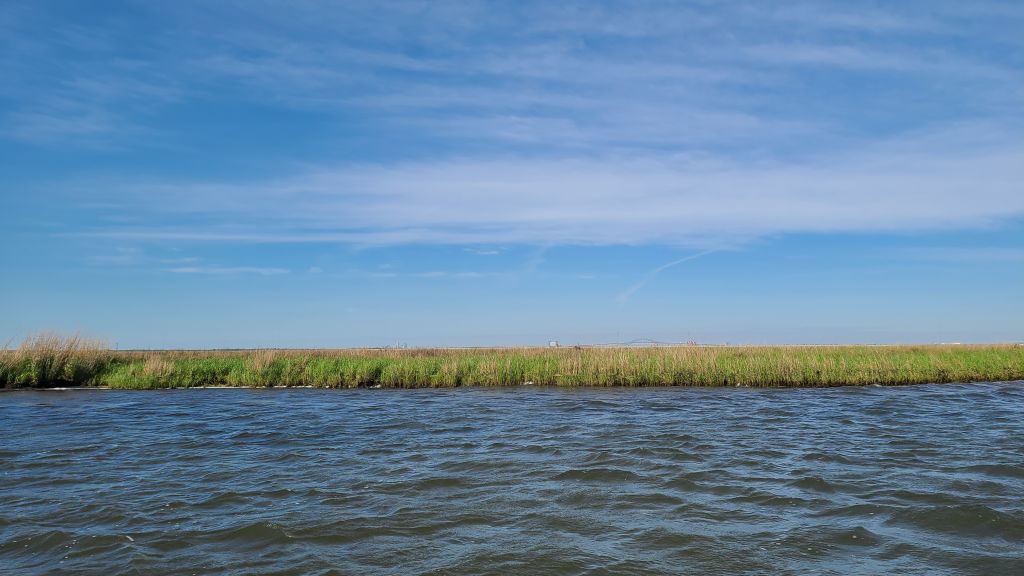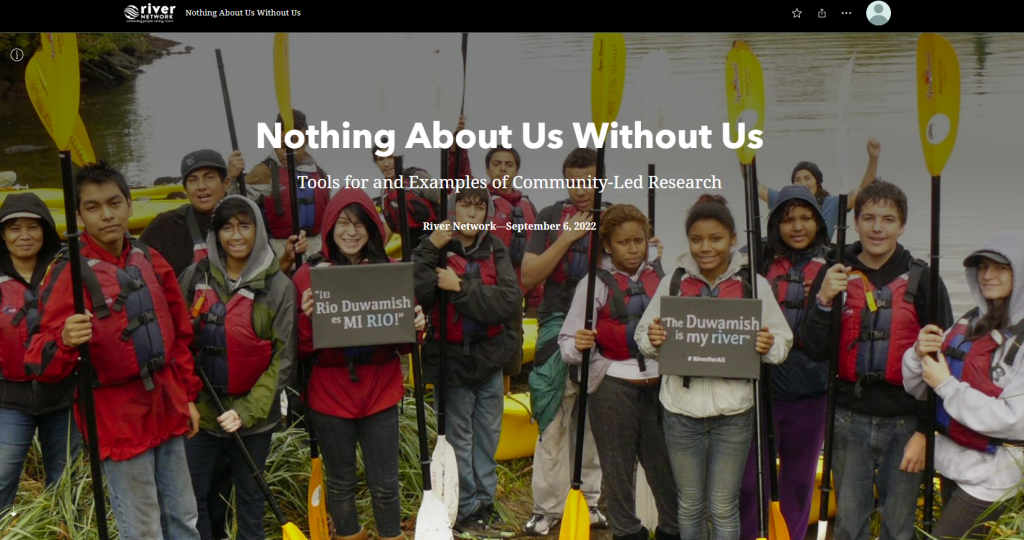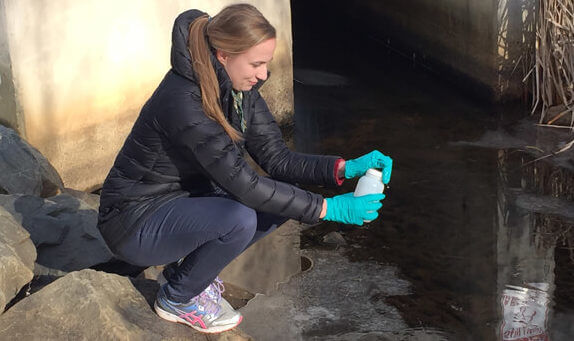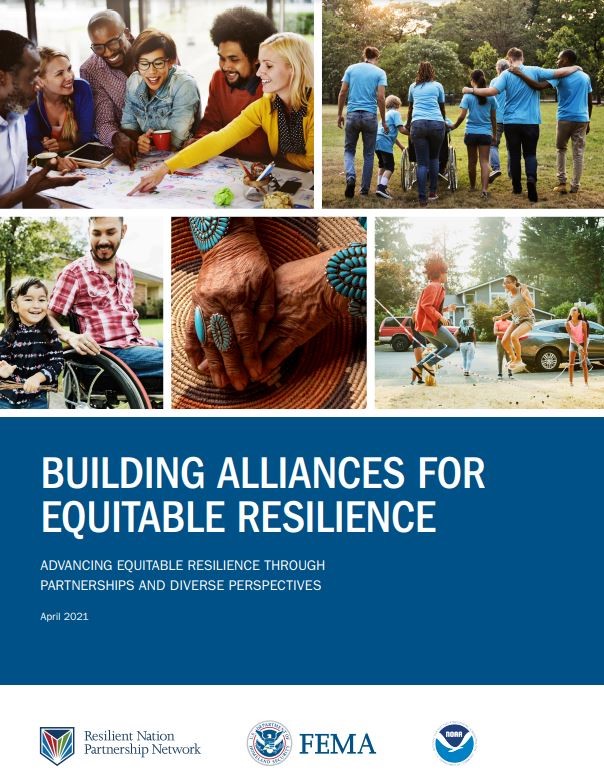partnerships
October 12, 2023
In this July, 2023 story map, River Network highlights the Lower Ninth Ward of New Orleans and Arthur Johnson. A leader in his community, Arthur understands that in addition to climate resilience, his community has multiple concerns—access to affordable housing, jobs, decision-making, historical preservation, and a sense of belonging—and that these are ALL important in creating sustainability and equitable climate resilience.
September 9, 2022
Communities across the US are more and more frequently impacted by climate change and increasingly face problems like property damage and health and safety issues as a result of flooding […]
August 25, 2022
Mālama Maunalua and partners are using a holistic approach to restore coastal water systems in Maunalua Bay based on the traditional Hawaiian practice of ahupua‘a. In order to accomplish restoration from the mountains to the reef, local groups work together while educating and engaging the community to improve the overall water quality and decrease flooding in the entire watershed.
August 12, 2022
The 2020 Resiliency Framework from the Colorado Resiliency Office highlights cross-sector work as an important component to implementing equitable resilience. The framework also highlights priorities and action steps to achieve […]
May 11, 2022
Understanding Gentrification and Preventing Displacement New development projects in urban waters communities—like river restoration and the creation of greenspaces—are intended to create more sustainable and resilient communities; but the impacts […]
April 14, 2022
This recording incorporates two Urban Waters Learning Network-hosted trainings on leading and coordinating effective multi-stakeholder collaboratives. The sessions were led by the Institute for Conservation Leadership (ICL).
November 29, 2021
Three watershed associations in the Boston area—the Mystic River, Charles River, and Neponset River Watershed Associations—are collaborating with community volunteers and the U.S. Environmental Protection Agency (EPA) to monitor water […]
November 2, 2021
Building Alliances for Equitable Resilience was developed by the Resilient Nation Partnership Network to deliver insights and perspectives to achieving a more resilient nation. The report includes Partner Perspectives on […]
November 1, 2021
It is increasingly important for urban waters’ practitioners to consider gentrification and displacement in their work. Greening neighborhoods and improving water quality in urban waterways is intended to create healthier […]
June 30, 2021
The Community Cans Artmaking Guide grew from projects and partnerships in the City of Philadelphia to reduce the amount of litter found in the streets and water bodies. “The Community […]










